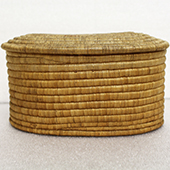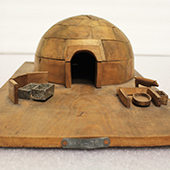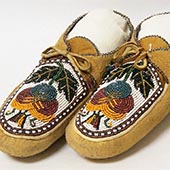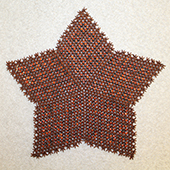New Identities
Miskito and Mayangna, Nicaragua
The first Moravians arrived in Nicaragua in 1847. They entered a dynamic cultural landscape where the Spanish conquest had intersected with British colonial intrigues and indigenous power struggles for over 300 years. The Spanish came first in the 16th century, but largely ignored Central America in favor of richer territories in Mexico and South America. The indigenous communities in the area continued to live in small, egalitarian villages.
Their isolation was short-lived, as epidemics destabilized the region. Out of the old civilizations came new a social identity: Miskito. Miskito culture unified the surviving disparate groups on the Atlantic coast. The British were keen to encourage this, as they believed the Miskito could check Spanish growth in the region. However, the Miskito leaders instead organized raids on neighboring groups such as the Mayangna.
Moravians found great success proselytizing amongst the Miskito in the late 19th century. However, they were appalled by the Miskito’s treatment of the Mayangna. While the Moravians wanted to better the Mayangna’s circumstances, this also meant fundamentally transforming their culture and identity. The Mayangna were encouraged to abandon their semi-nomadic lifeway and settle near Miskito communities. The Moravians also used the Miskito language in their services and teaching. This led to a gradual merging of the two groups. Even for those who still regarded themselves as Mayangna, Christianity became an important part of their identity as the Moravian Church replaced traditional institutions.
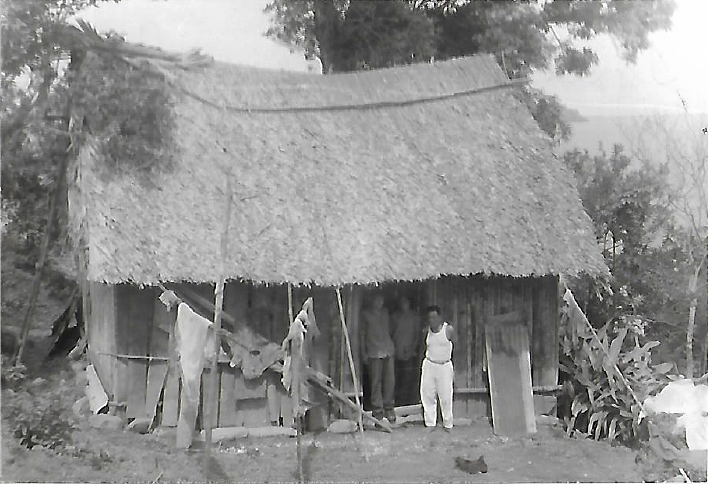

Flute (1984.E.0456)
This flute was used in Mayangna spiritual ceremonies in the late 19th century. It was likely given to missionaries after its owner converted to Christianity. As part of the process, converts would give up the material trappings of their previous beliefs. Often destroyed, this flute survived as an example of the un-Christian practices the missionaries wanted to diminish.
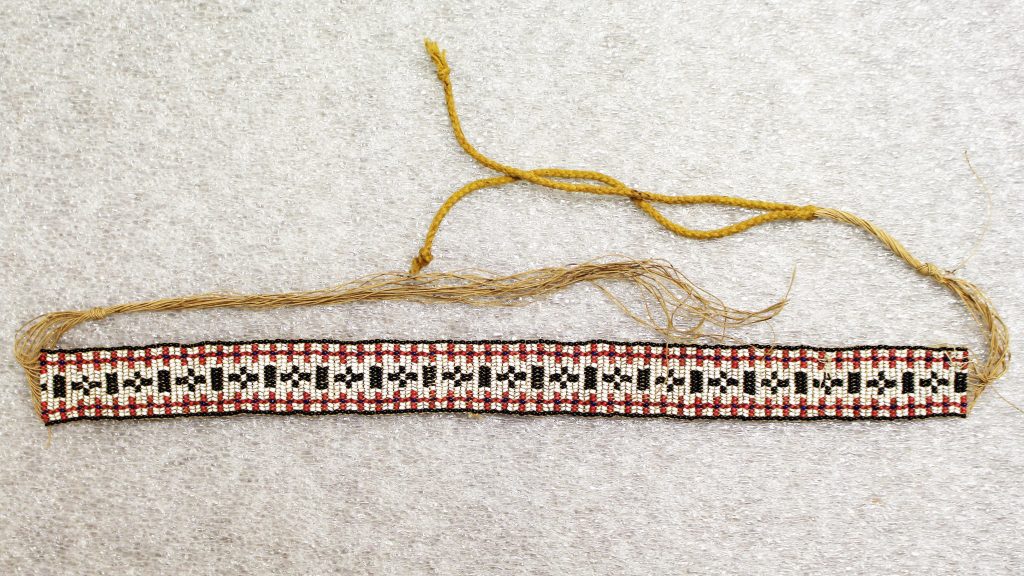
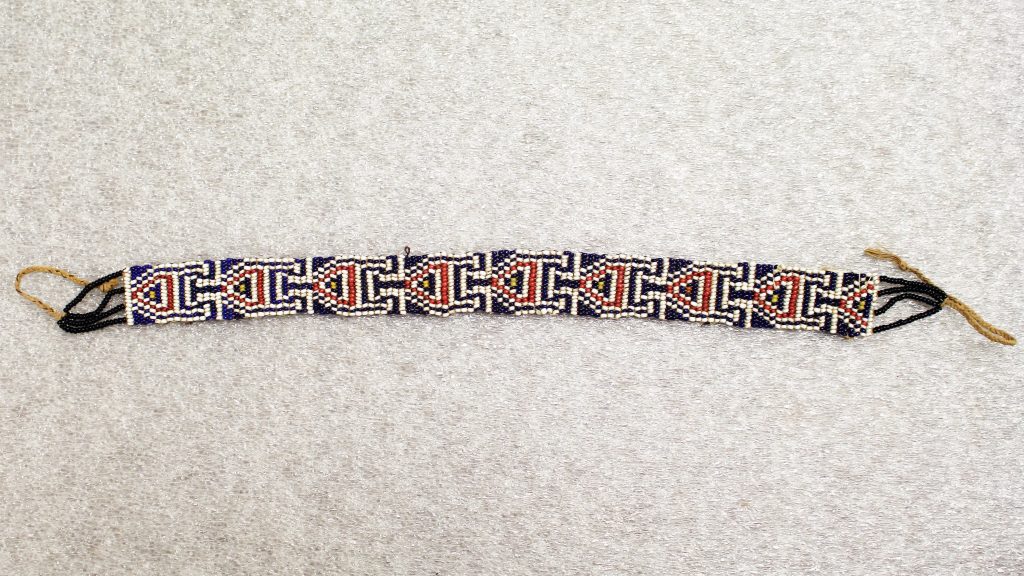
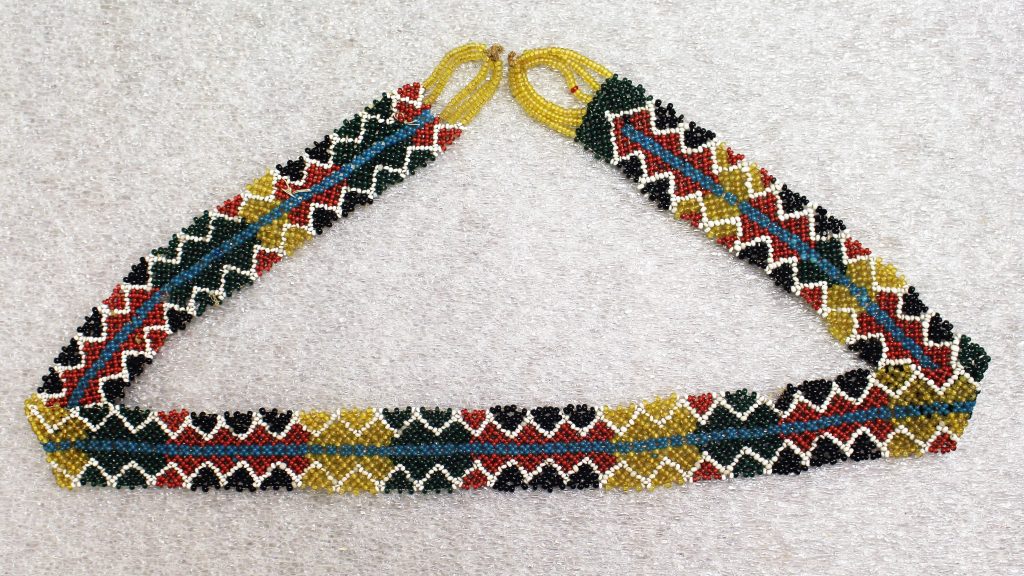
Beaded Bands (1985.E.33, 1985.E.34, 1985.E.35)
Many types of objects were collected by the missionaries. Some, such as beaded bands, were likely collected to show the indigenous converts’ skill in handicrafts. Moravian communities greatly valued handicrafts and other domestic labor associated with women. However, these beaded bands probably caused some cognitive dissonance, as they were created and used by men. Over time, Moravian influence would transform how gender norms were expressed in Miskito and Mayangna communities.
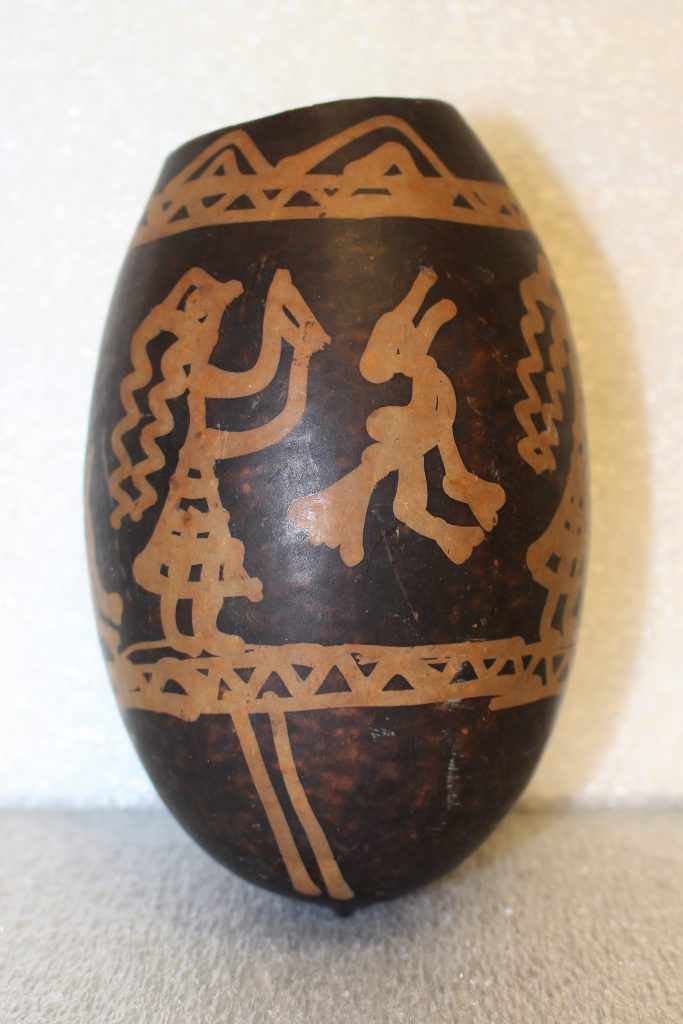
Gourd Cup (1983.E.014)
Gourd cups were common vessels throughout Central America, dating to before European arrival. Artists employed painting, staining, etching, and burning to decorate them with elaborate designs. On this cup, a traditional rendering of a bird seems to gaze upon something new. Breaking from traditional norms, the human figure wears a long dress and long hair, both evocative of Euro-American aesthetics.
Explore the other sections of the exhibit below
